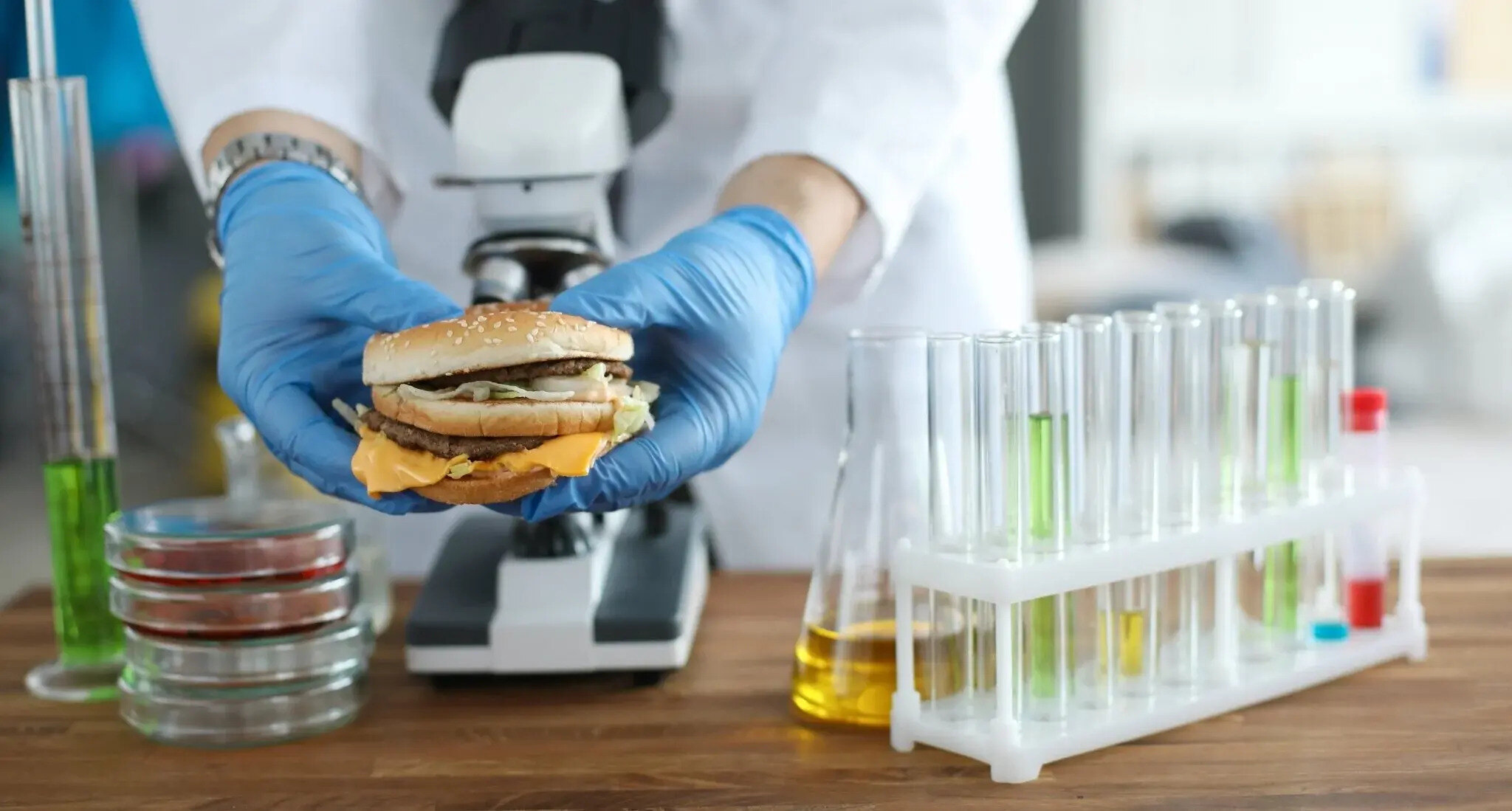
Artificial ingredients are everywhere, from your favorite snacks to everyday household items. But what exactly are they? Artificial ingredients are man-made substances added to products to enhance flavor, color, texture, or shelf life. They can be found in processed foods, beverages, cosmetics, and even medicines. Some common examples include artificial sweeteners, food dyes, and preservatives. While these ingredients can make products more appealing and longer-lasting, they often raise questions about health and safety. Are they harmful? Do they offer any benefits? This blog post will dive into 22 intriguing facts about artificial ingredients to help you understand their role in our daily lives.
Key Takeaways:
- Artificial ingredients are man-made substances used in food to enhance flavor, appearance, and shelf life. They include sweeteners, colorings, and preservatives, but concerns about their safety and environmental impact are growing.
- Many people are seeking natural alternatives to artificial ingredients, such as stevia for sweetening, beet juice and turmeric for coloring, and vinegar and rosemary extract for preserving. Advancements in technology are also leading to the development of safer and more sustainable artificial ingredients.
What Are Artificial Ingredients?
Artificial ingredients are man-made substances added to food and other products to enhance flavor, appearance, or shelf life. They are often used in processed foods and can be found in everything from snacks to beverages.
- Artificial ingredients are created in laboratories using chemical processes.
- They can mimic natural flavors and colors but are usually more stable and cost-effective.
- Common types include artificial sweeteners, colorings, and preservatives.
Types of Artificial Sweeteners
Artificial sweeteners are used as sugar substitutes. They provide the sweetness without the calories, making them popular in diet foods and beverages.
- Aspartame is one of the most common artificial sweeteners, found in many diet sodas.
- Sucralose, known by the brand name Splenda, is another widely used sweetener.
- Saccharin, one of the oldest artificial sweeteners, was discovered in 1879.
Artificial Colorings in Food
Artificial colorings are added to food to make it more visually appealing. They can be found in candies, drinks, and even some meats.
- Red 40 is one of the most commonly used artificial dyes in the United States.
- Yellow 5 and Yellow 6 are often used in cereals and snacks.
- Blue 1 and Blue 2 are used in beverages and candies.
Preservatives and Their Role
Preservatives help extend the shelf life of food by preventing spoilage from bacteria, mold, and yeast.
- Sodium benzoate is a common preservative found in acidic foods like salad dressings and carbonated drinks.
- Potassium sorbate is used in cheese, wine, and baked goods to prevent mold growth.
- BHA (butylated hydroxyanisole) and BHT (butylated hydroxytoluene) are antioxidants used to preserve fats and oils.
Health Concerns and Regulations
While artificial ingredients can make food more convenient, there are concerns about their safety and health effects.
- Some studies suggest a link between artificial sweeteners and weight gain.
- Certain artificial colorings have been associated with hyperactivity in children.
- The FDA regulates artificial ingredients to ensure they are safe for consumption.
Environmental Impact
The production and disposal of artificial ingredients can have environmental consequences.
- Manufacturing artificial ingredients often involves the use of non-renewable resources.
- Some artificial ingredients can contaminate water supplies if not properly disposed of.
- Efforts are being made to develop more sustainable artificial ingredients.
Alternatives to Artificial Ingredients
Many people are turning to natural alternatives to avoid potential health risks associated with artificial ingredients.
- Stevia is a natural sweetener derived from the leaves of the Stevia plant.
- Beet juice and turmeric are natural colorings used as alternatives to artificial dyes.
- Natural preservatives like vinegar and rosemary extract are gaining popularity.
The Future of Artificial Ingredients
Advancements in technology are leading to the development of new artificial ingredients that are safer and more sustainable.
- Researchers are working on creating artificial ingredients from renewable resources.
Final Thoughts on Artificial Ingredients
Artificial ingredients are everywhere. From processed foods to cosmetics, they play a huge role in our daily lives. Understanding their impact on health and the environment is crucial. Some artificial ingredients can cause allergies or other health issues, while others are deemed safe by regulatory bodies. It's always wise to read labels and stay informed about what you're consuming.
Natural alternatives are gaining popularity, but they aren't always better or safer. Balance and moderation are key. By being aware of what goes into products, you can make better choices for yourself and your family.
Remember, not all artificial ingredients are harmful, but knowledge is power. Stay curious, stay informed, and make choices that align with your values and health goals.
Frequently Asked Questions
Was this page helpful?
Our commitment to delivering trustworthy and engaging content is at the heart of what we do. Each fact on our site is contributed by real users like you, bringing a wealth of diverse insights and information. To ensure the highest standards of accuracy and reliability, our dedicated editors meticulously review each submission. This process guarantees that the facts we share are not only fascinating but also credible. Trust in our commitment to quality and authenticity as you explore and learn with us.
